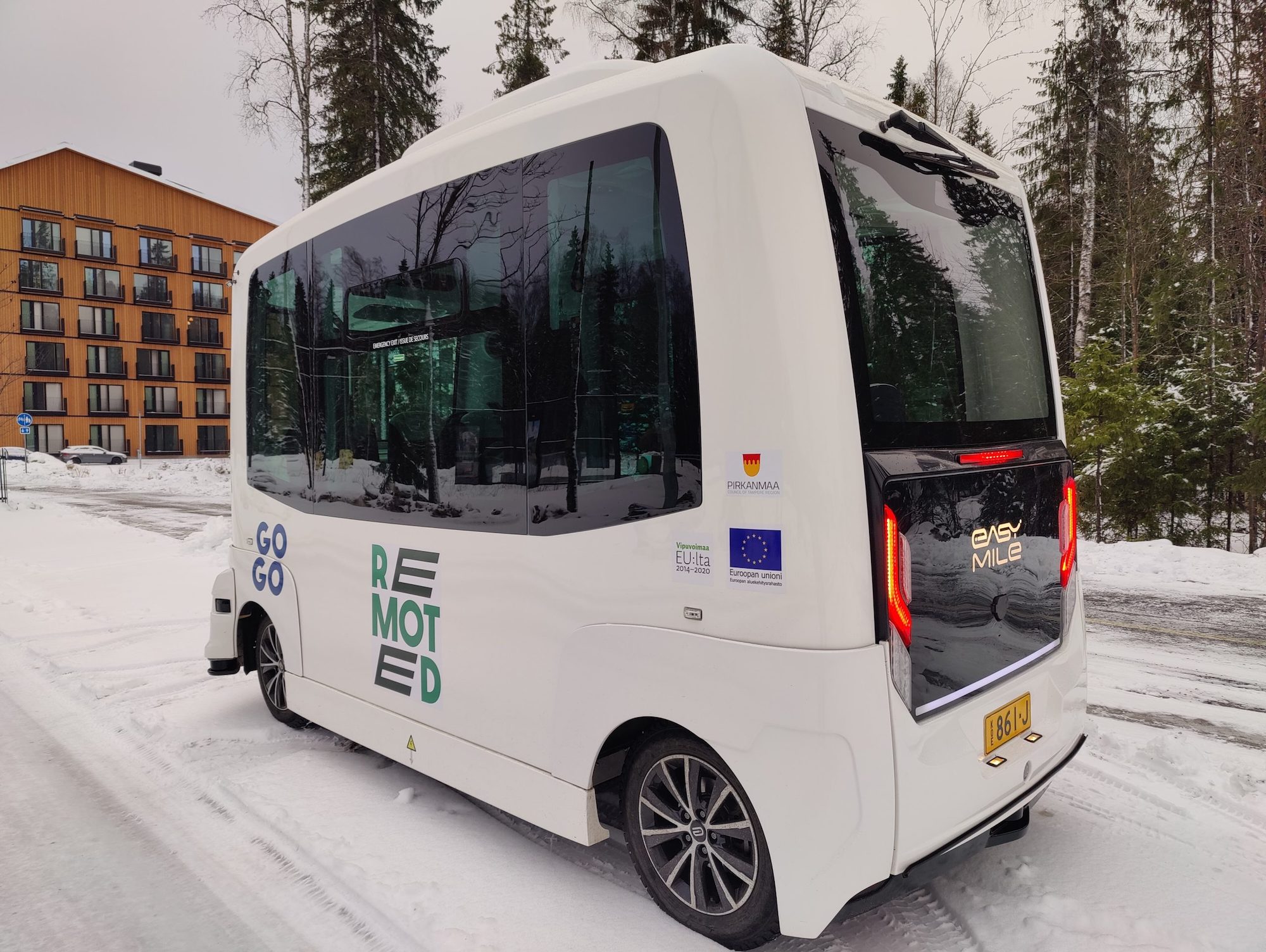Finland launches first remote monitoring center for driverless shuttles in Tampere

Transforming the commute experience for specific passenger groups
The introduction of driverless shuttles in Tampere has brought about a transformative commuting experience for specific passenger groups. Since January, these autonomous vehicles have been ferrying passengers from the tram terminus to Lintuhytti and operating in the Ahvenisjärvi area of Hervanta. Among the regular customers are pensioners who have found the service particularly beneficial, enjoying the convenience and reliability provided by the robotic buses. Moreover, individuals with prams and pushchairs have also embraced this innovative mode of transportation, appreciating the accessibility and ease of travel it offers. The success in catering to the needs of these specific passenger groups highlights the potential of autonomous buses to revolutionize public transportation for diverse demographics.
Advancing safety and efficiency through remote monitoring
To ensure a smooth transition to fully autonomous operation, each of the three autonomous buses currently operating in Hervanta is accompanied by a safety driver. The safety drivers play a vital role in guiding passengers and taking control of the vehicle in case of emergencies or malfunctions. However, REMOTED's remote monitoring center aims to gradually reduce reliance on safety drivers by enabling remote control capabilities. By remotely supervising the buses, one supervisor can monitor multiple vehicles, leading to cost savings and increased operational efficiency.
Testing remote control capabilities and information integration
The ongoing testing phase also focuses on exploring the possibilities of remote control functions. Commands such as starting the vehicle, stopping it, and opening the doors can be issued remotely, further enhancing the autonomous capabilities of the robotic buses. Additionally, REMOTED plans to integrate open data, including weather and traffic information, into the monitoring process. Equipped with cameras, the buses provide real-time visual feedback to the remote supervisors, allowing them to detect and address potential issues swiftly.
Challenges in the transition to autonomy
One of the primary challenges in the transition to fully autonomous operation is handling unexpected situations, particularly caused by other drivers on the road. Tatu Nieminen, CEO of REMOTED Oy, highlights that robotic buses face disruptions from illegal overtaking and dangerous maneuvers by other motorists. Additionally, wrongly parked cars often pose obstacles for the robotic buses. However, in such scenarios, the safety driver takes manual control of the vehicle, ensuring a safe continuation of the journey. In the absence of a safety driver, the bus can request permission from the remote control center to maneuver around obstacles.
Positive passenger feedback and future prospects
Despite the challenges, the driverless shuttles have garnered praise from passengers. Over 4,000 passengers in Hervanta and over 1000 in Lintuhytti have already experienced the convenience and reliability of this innovative mode of transportation. Pensioners rely on the service, and families with strollers have appreciated the buses' accessibility. Integration with existing transportation systems has further increased passenger numbers, with the route guide now indicating seamless transfers between the autonomous buses and other modes of transport. As the day to day of the shuttle service determines the duration of testing before removing safety drivers, the expansion of autonomous shuttle projects and fleet size becomes crucial for a sustainable and driverless future.
